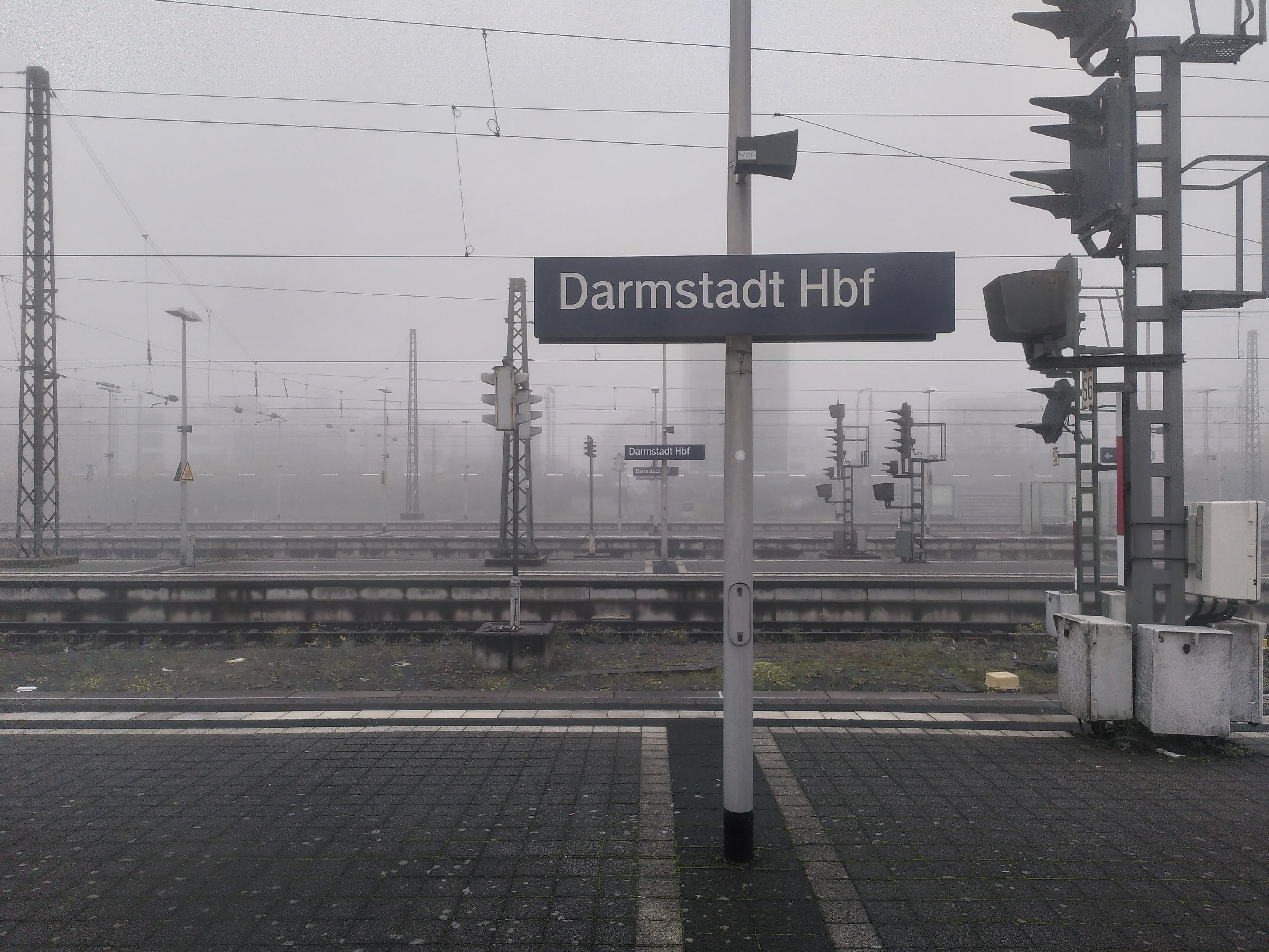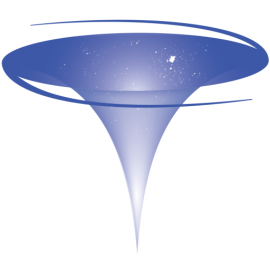Hubble Spies Brown Dwarfs in Nearby Stellar Nursery
[...]
Appearing like glistening precious stones surrounding a setting of sparkling diamonds, more than 300 fledgling stars and brown dwarfs surround the brightest, most massive stars [center of picture] in Hubble's view of the Trapezium cluster's central region. All of the celestial objects in the Trapezium were born together in this hotbed of star formation. The cluster is named for the trapezoidal alignment of those central massive stars.
Brown dwarfs are gaseous objects with masses so low their cores never become hot enough to fuse hydrogen, the thermonuclear fuel stars like the Sun need to shine steadily. Instead, these gaseous objects fade and cool as they grow older. [...]
This finding, along with observations from ground-based telescopes, is further evidence that brown dwarfs, once considered exotic objects, are nearly as abundant as stars. The image and results appear in the Sept. 20 issue of the Astrophysical Journal.
The brown dwarfs are too dim to be seen in a visible-light image taken by the Hubble telescope's Wide Field and Planetary Camera 2 [picture at left]. This view also doesn't show the assemblage of infant stars seen in the near-infrared image. That's because the young stars are embedded in dense clouds of dust and gas. The Hubble telescope's near-infrared camera, the Near Infrared Camera and Multi-Object Spectrometer, penetrated those clouds to capture a view of those objects. The brown dwarfs are the faintest objects in the image. Surveying the cluster's central region, the Hubble telescope spied brown dwarfs with masses equaling 10 to 80 Jupiters. Researchers think there may be less massive brown dwarfs that are beyond the limits of Hubble's vision.
[...] (see more in ALT-text)
https://science.nasa.gov/asset/hubble/infrared-image-shows-brown-dwarfs-and-infant-stars-in-orion-nebulas-trapezium-cluster/
#space #nebula #astronomy #science #astrophot ography #photography #nature #nebula #NASA #ESA
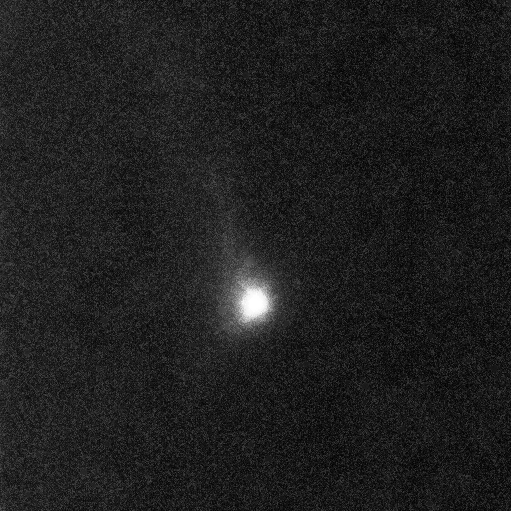
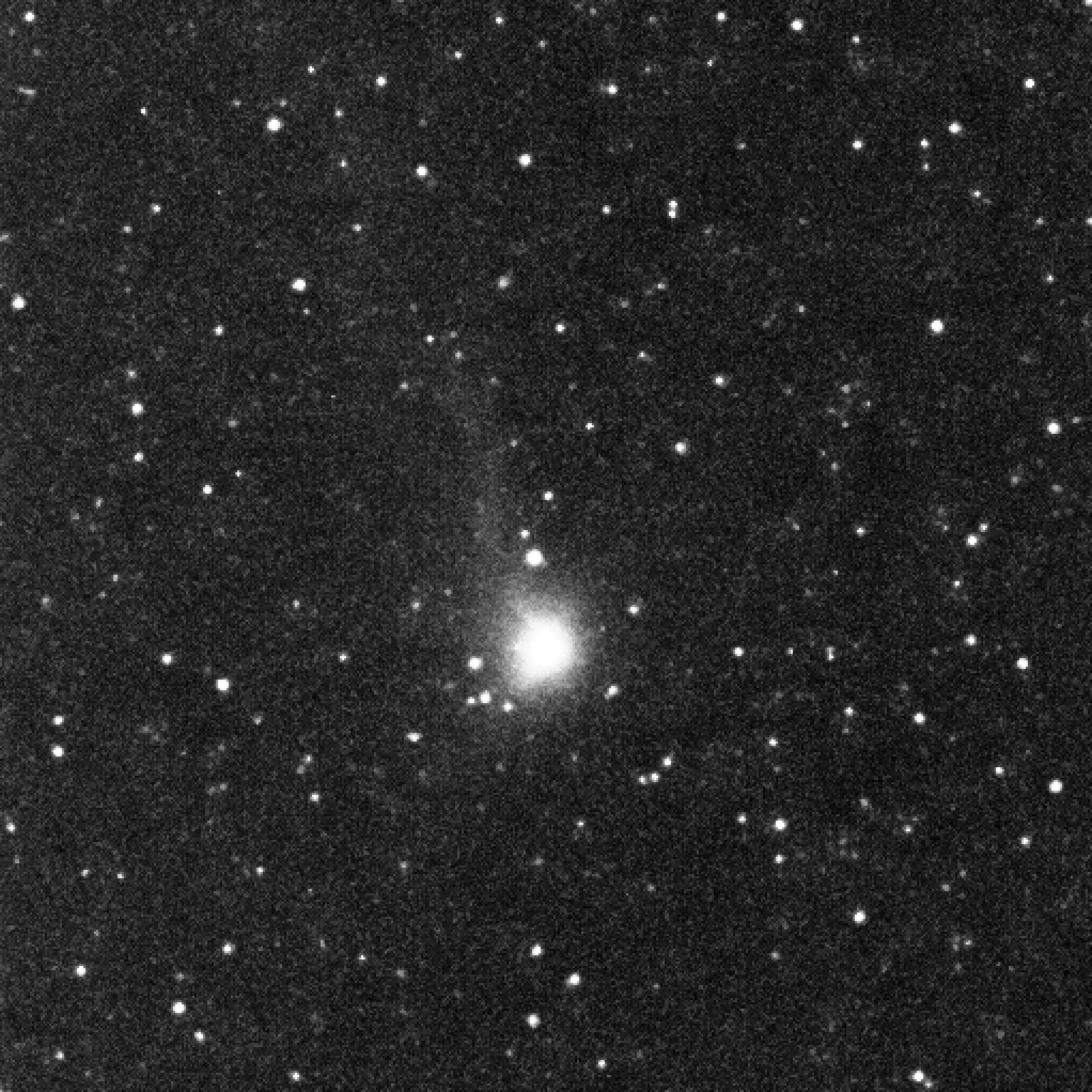
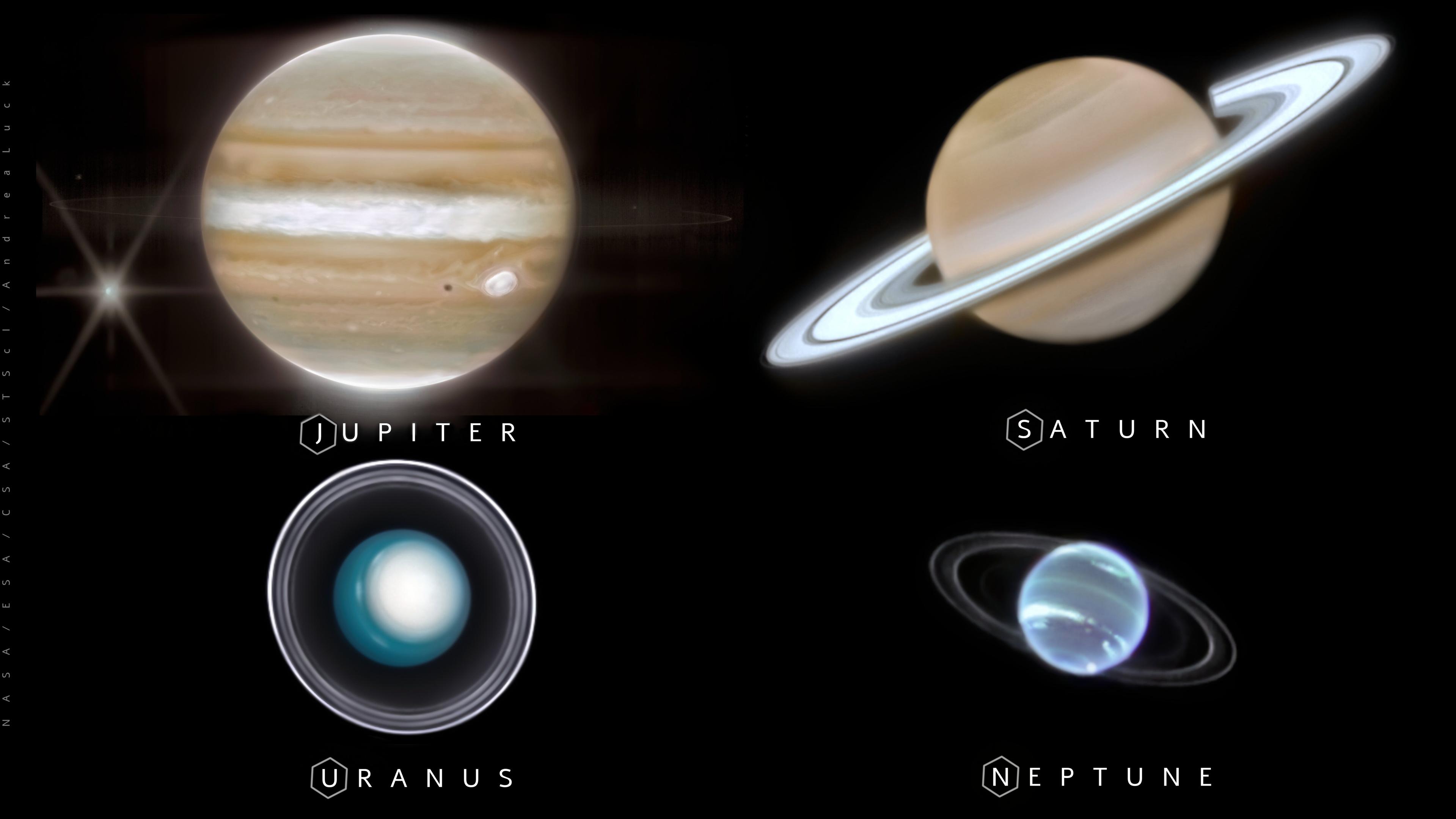





![Probing deep within a neighborhood stellar nursery, NASA's Hubble Space Telescope uncovered a swarm of newborn brown dwarfs. The orbiting observatory's near-infrared camera revealed about 50 of these objects throughout the Orion Nebula's Trapezium cluster [image at right], about 1,500 light-years from Earth. Appearing like glistening precious stones surrounding a setting of sparkling diamonds, more than 300 fledgling stars and brown dwarfs surround the brightest, most massive stars [center of picture] in Hubble's view of the Trapezium cluster's central region. The brown dwarfs are too dim to be seen in an image taken by the Hubble telescope's visible-light camera [picture at left].
[...]
The near-infrared image was taken Jan. 17, 1998. Two near-infrared filters were used to obtain information on the colors of the stars at two wavelengths (1.1 and 1.6 microns). The Trapezium picture is 1 light-year across. This composite image was made from a "mosaic" of nine separate, but adjoining images. In this false-color image, blue corresponds to warmer, more massive stars, and red to cooler, less massive stars and brown dwarfs, and stars that are heavily obscured by dust.
The visible-light data were taken in 1994 and 1995.
Credit
* Near-infrared image: NASA; K.L. Luhman and G. Schneider, E. Young, G. Rieke, A. Cotera, H. Chen, M. Rieke, R. Thompson
* Visible-light image: NASA, C.R. O'Dell and S.K. Wong (Rice University)](https://files.defcon.social/dcsocial-s3/media_attachments/files/115/552/556/134/768/487/original/5241229082ac1174.jpg)
